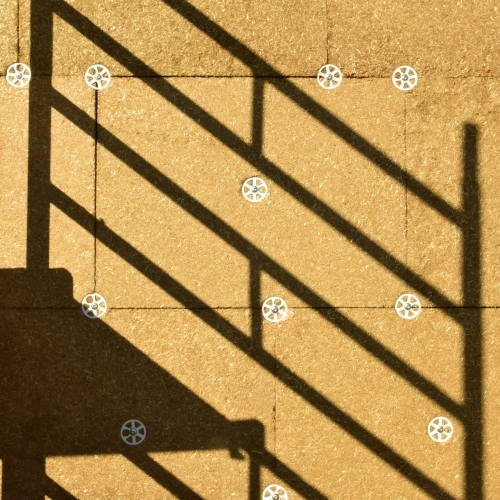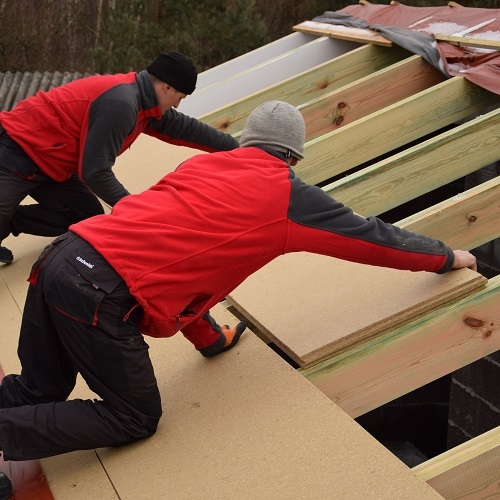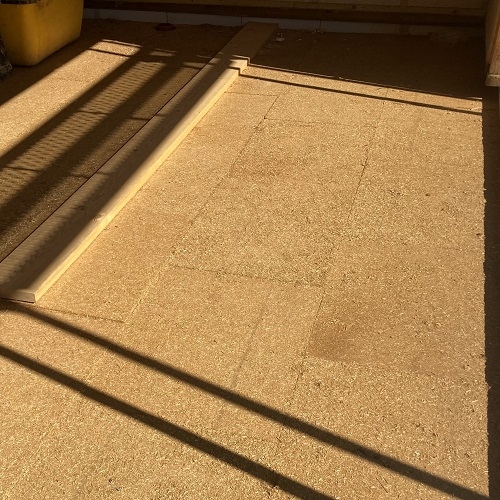 Insulation of external walls improves thermal insulation capacity and in consequence reduces the cost of heating the building and improves comfort. Insulation of external walls applies to new building and is an important part of the design, but also applies to already existing buildings.
Insulation of external walls improves thermal insulation capacity and in consequence reduces the cost of heating the building and improves comfort. Insulation of external walls applies to new building and is an important part of the design, but also applies to already existing buildings.
VestaEco boards are used when erecting new buildings but also during thermal insulation process of already existing buildings. Proper selection of the product allows to use it in brick and mortar buildings, as well as timber frame buildings.
Use the CONFIGURATOR and adjust the product to your needs.



